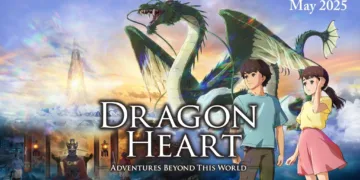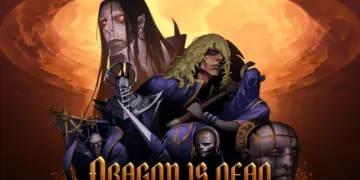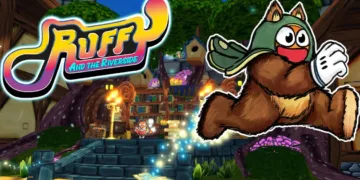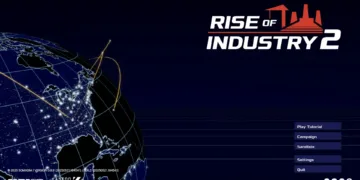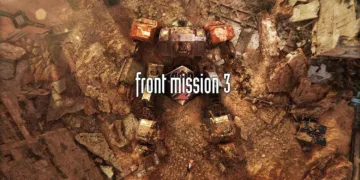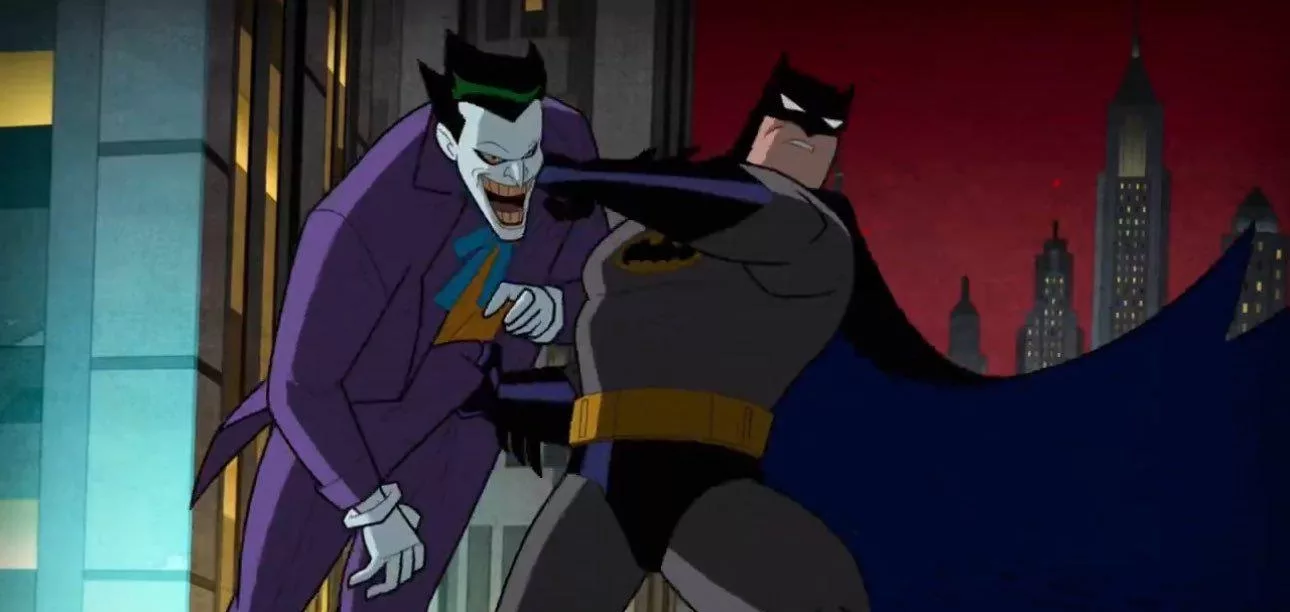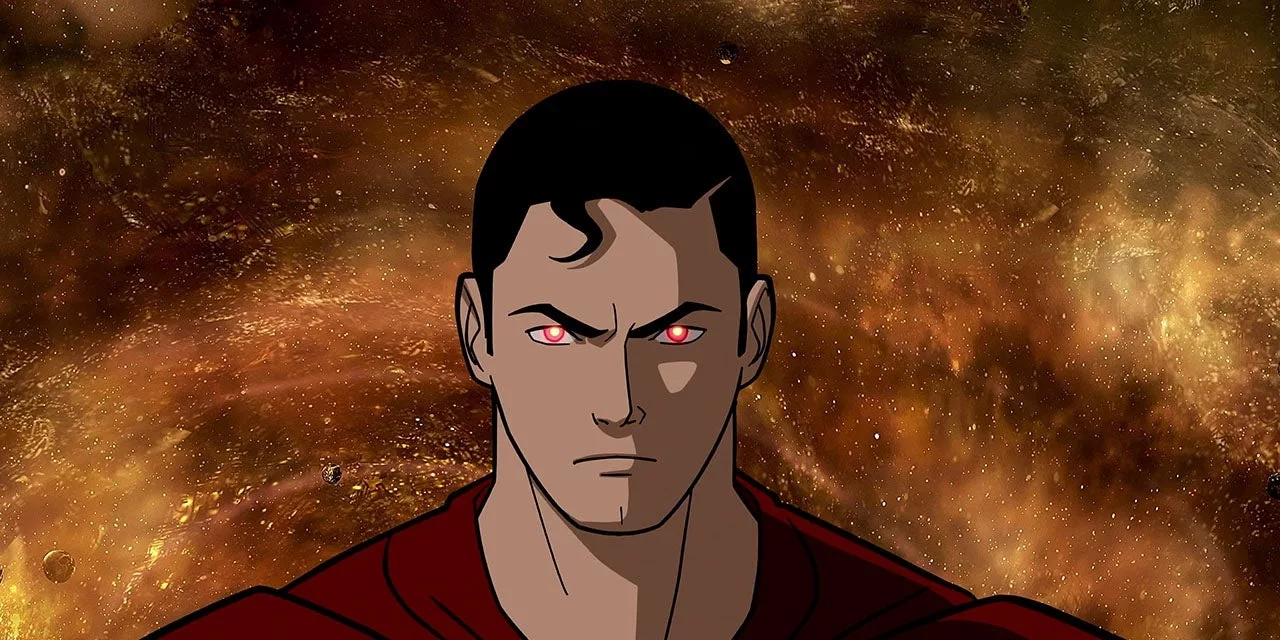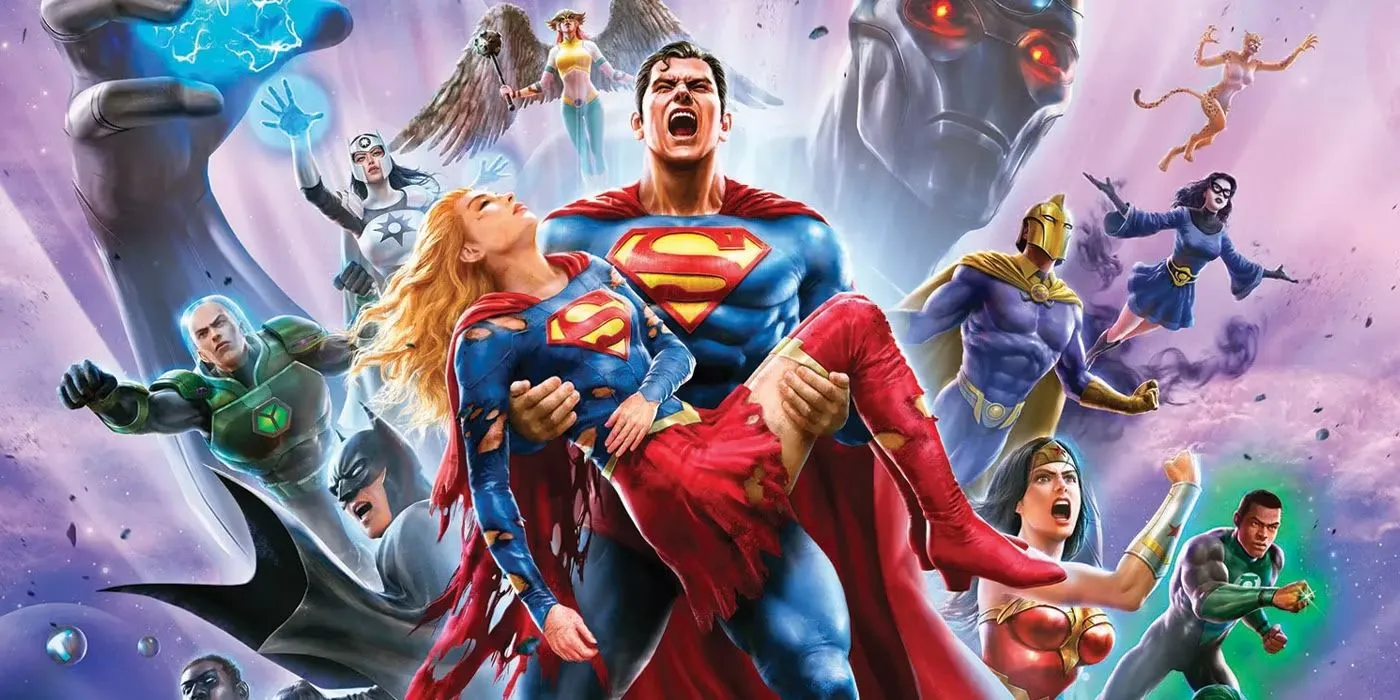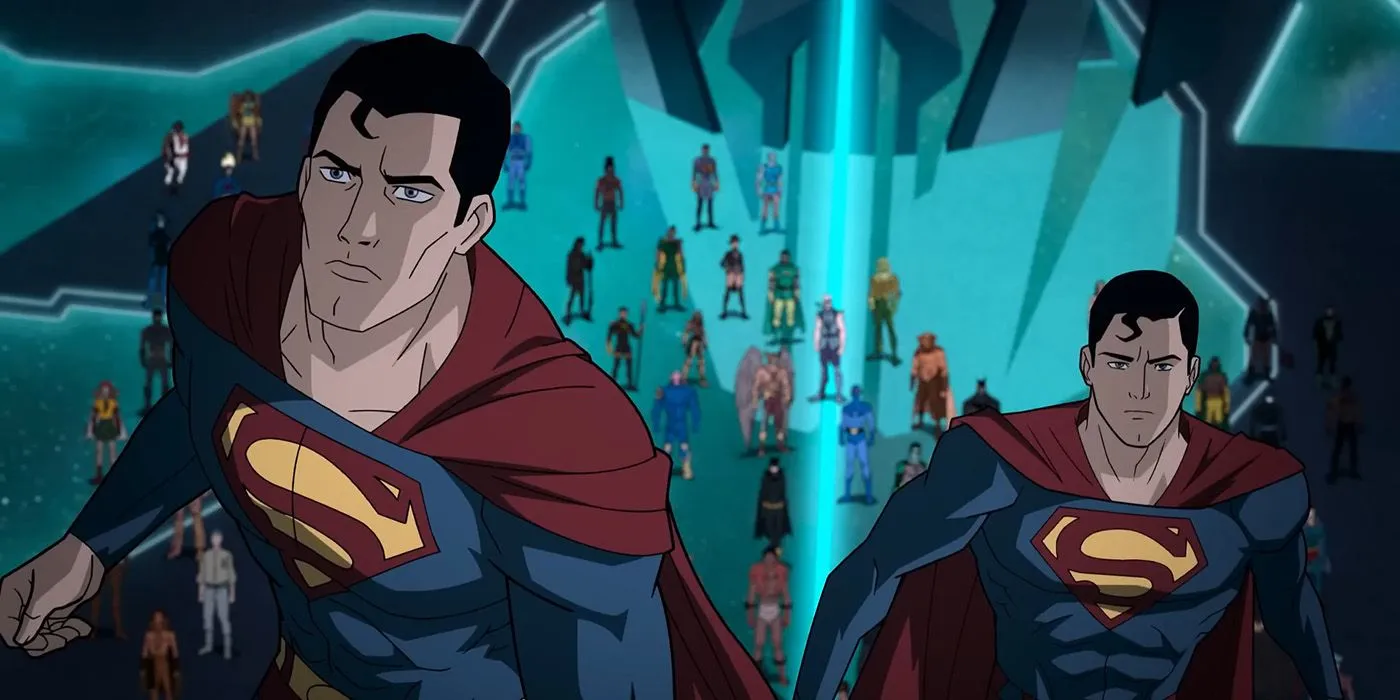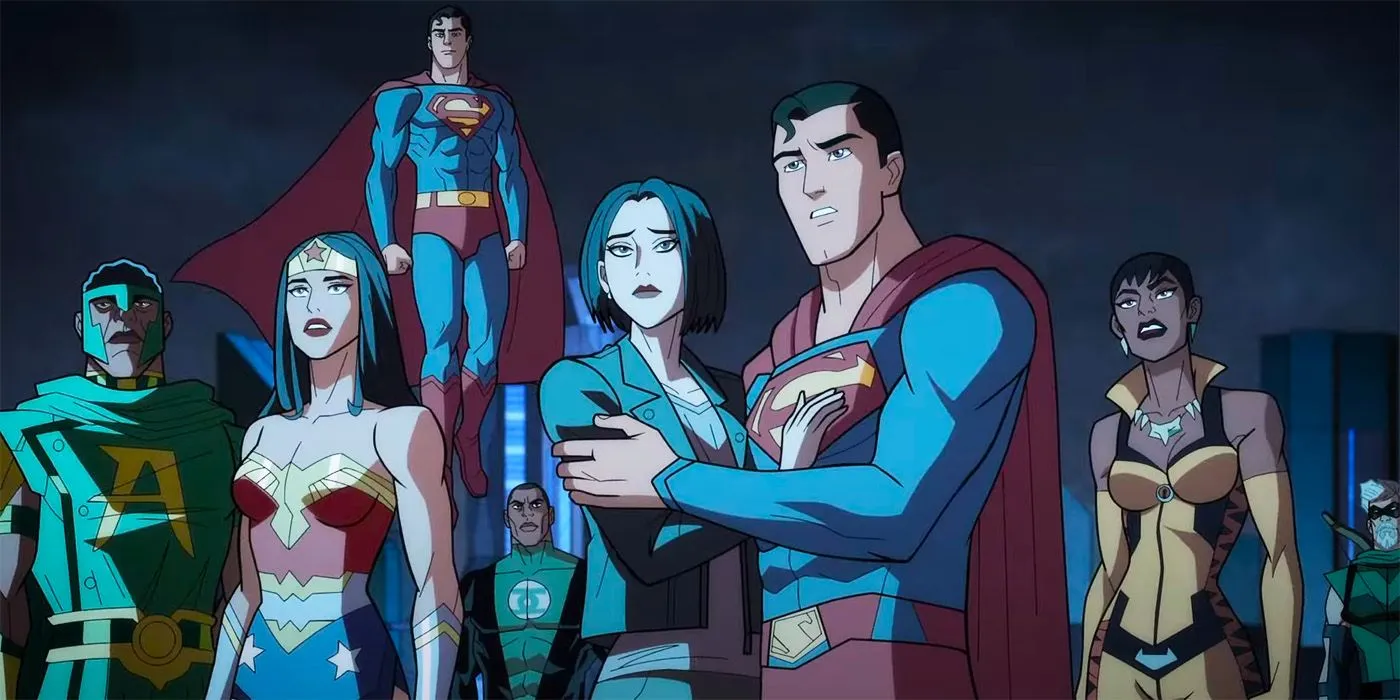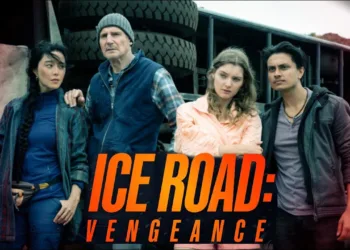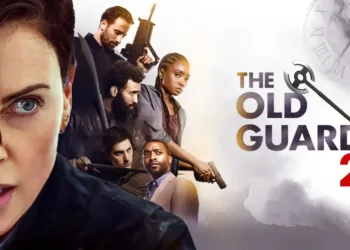As the third act in a trilogy of animated films based on the beloved DC comic series Crisis on Infinite Earths, Justice League: Crisis on Infinite Earths Part Three had big shoes to fill. It was tasked with wrapping up storylines from the iconic 1985–1986 miniseries as well as over a decade of DC animated movies.
An epic tale spanning countless worlds, the comic’s plot saw the Anti-Monitor threaten to wipe out the entire multiverse. Now it is up to the animated sequel to pull everything together in a climactic and satisfying conclusion.
Part Three picks up where the previous film left off, with our heroes scrambling after Supergirl is manipulated into killing the powerful Monitor. Stranded outside of the normal space-time continuum in a dimension called the Bleed, they watch helplessly as the Anti-Monitor’s devastating antimatter waves begin consuming reality.
Their only hope is splicing together a plan utilizing survivors from different worlds. But with the Anti-Monitor himself now invading the Bleed, the timeline becomes more distorted by the second. Meanwhile, mysteries emerge, linking the current crisis to the very origins of the multiverse itself.
As the animated trilogy’s final chapter, Part Three had massive stakes riding on resolving its epic story in a memorable way. While the property’s devoted fans were hopeful, could this animated outing stick the landing?
Multiverse Mayhem in Motion
Part Three picks up right where the last film left off, with our heroes scattered across the unstable dimension known as the Bleed. Having lost their greatest champion, the Monitor, they desperately seek refuge from the encroaching Anti-Monitor and his terrifying antimatter waves.
Stranded in this temporal twilight zone, strange anomalies soon arise. Earth-1’s Metropolis faces an unexpected prehistoric invasion, with Superman and Co. racing to drive off a horde of hungry dinosaurs. Elsewhere, Nazis from Earth-2’s Gotham give Batman and the Bat clan more than they can handle.
As realities continue to shift erratically, more mysteries emerge. What deal has power-mad Lex Luthor of Earth-10 brokered with their cosmic nemesis? And why does the aged Speedster’s warning from the past haunt the Dark Knight so much? With Earth after Earth falling under the anti-matter onslaught, the heroes must hatch a desperate strategy to fight fire with fire against this intergalactic juggernaut.
Yet plans go awry when a guilt-ridden Supergirl intervenes. All seems lost until more familiar faces make unexpected returns to the fray. The Martian Manhunter brings renewed hope, leading them to a miracle that could rewrite the multiverse entirely. But even this may not be enough to stop the impending extinction event, as an even greater threat arises beyond all comprehension.
As the scope expands to the very dawn of the omniverse, our multiverse may be doomed no matter what. Can humanity and its champions find the will and way to rewrite reality itself from oblivion? The race is on to an ending that will shake the foundations of the universe and reshape the future for those left standing amid the ashes.
Rising to the Multiversal Challenge
In seeking to adapt such a sprawling comic epic, Crisis on Infinite Earths confronted the formidable task of juggling a dizzying cast while developing characters amid multifaceted storylines. This third film rises above its predecessors by offering fans meaningful progression for heroes both established and emerging.
Clark Kent draws upon the depth we’ve come to expect from his iconic character. Faced with unspeakable loss across worlds without end, here is a man pushed to darkness’s edge, only to find renewed purpose through community and cooperation. Lois remains his light, reminding us all that hope springs even from ashes. Yet when Kara assumes the ominous mission to destroy their gravest foe, we see how her actions have shaped two souls forever bound as family.
Likewise, for Bruce, the crisis exposes old wounds and brings disturbing visions that fuel his legendary drive. Linking the past and future, his quest for answers pushes the boundaries of science and spirit. But it is through partnership that the Dark Knight truly shines, empowering others with his intellect and inspiring raw courage in the face of cosmic annihilation.
An intriguing new figure emerges in Lex Luthor, Earth-10’s infamous tyrant, testing the heroes’ unity. Calculating yet mercurial, he offers aid only to serve hidden designs. Manipulator or misguided savior, this villain proves a nuanced foil, raising a galvanizing debate. And what mysteries lie behind Kara’s guilt, driving her to sacrifice all in violent repentance for past sins? Her inner turmoil resonates in a tale embracing life’s complexities.
While other heroes fill vital roles, it is the deeply fleshed characters at the fore who elevate this finale’s themes of hope, cooperation, and second chances against annihilating darkness. Their emotive arcs compel through both quiet moments and climactic battles, leaving an impression that will echo through future adventures. In rising to meet its awe-inspiring scale with such dimensionality, Crisis on Infinite Earths comes into its own as a true leading light among these animated classics.
Visual Spectacles amid Cosmic Chaos
With a storyline spanning all of existence, Crisis on Infinite Earths demanded the highest of cinematic values to do justice to its enormity. While animation quality proved a mixed bag, certain sequences will no doubt be burning in fans’ minds for years to come.
Among early standouts, the dinosoar invasion of Metropolis offered bubbly Saturday morning fun, even if beasts lacked finer details. More unnerving were shadowy Nazis clutching fears made manifest, their fluid combat against a world-weary Dark Knight one of many nods to fans.
Less grounded were glimpses into the cosmic, from Anti-Monitor’s arrival rending reality itself to glimpses of other worlds meeting violently creative demises. Spacetime unraveling took visual form in a way that felt both alien and all too real—a true sense of existing on the edge.
Major set pieces pulled out all the stops. Kara channeling sunlight through infinite suns delivered the golden glow of hope even through sparse animation. And Warworld, harnessing emotion as energy, saw Psycho Pirate evoke passions that practically burst from the screen.
Most epic of all, the satellite’s shaking under an onslaught while Lanterns bought time showed that battle is nothing without those who stand when all seems lost. Supergirl’s charge into the antimatter shield, then exploding its captive force, felt viscerally cathartic.
Narrative breadcrumbs like Constantine’s visions also benefited, granting an otherworldly visual style befitting their importance. Overall, greater care here than effects kept even exposition scintillating.
While fleeting imperfections remind us that this was no blockbuster budget, Crisis rises above technical limitations by composing shots that stir imagination. Wherever the bar is set for future epics, this film secured its place in the pantheon through visions as memorable as its implications for all reality.
Finding Hope Among the Adaptations
Bringing a story as epic in scope as Crisis on Infinite Earths to any screen was destined to involve changes both expected and unforeseen. Yet for fans who knew the seminal comics’ powerful themes, striking a balance proved no small feat.
When the film followed Monitor’s fateful sacrifice transporting heroes to The Bleed, it honored the dire circumstances behind that world-shaking act. Equally resonant were the desperate attempts to hold the anti-monitor at bay, borrowing directly from images seared in readers’ minds.
Some touches went further to deepen the IP’s metaphysical depths. Explaining Flash’s doomed timeline alterations through Batman and Constantine traversing the multiverse’s earliest phases sheds new light on its esoteric roots. And debates over rebuilding on Diana’s sacrifice captured complex issues of philosophy versus pragmatism.
Yet where ambition outpaced capacity, inconsistencies emerged. Dinosaur scenes lacked polish against such an epic backdrop. More regrettably, rushing to include every character risked losing focus on those most crucial to the core arc.
And while certain performances, like Conroy and Hamil’s Swan Songs, were respectful sendoffs, others seemed like an attempt to cram too much into too little. Respecting sources strengths means accepting limitations.
Still, where the adaptation most succeeded was in distilling Crisis’s indomitable message: that even in infinite diversity, hope survives total annihilation. By prioritizing the moral that united Earths falling, it honored what made the impact of those pages so long-lasting.
No single word could serve every fan equally. But in remembering we’re all on the same side seeking representation, adaptations may find new ways to become the dawn following other worlds’ dreams.
Revisiting Hope Amid Goodbyes
The multiverse saga’s conclusion reaffirmed why Crisis on Infinite Earths endures—it finds meaning even in endings. With so much loss as realities dissolved, hope survived through shared sacrifice.
Diana’s immortality gifted new life, ensuring the dreams of vanished worlds live on. Her goodness reminds us that life’s purpose transcends any single existence. In saying goodbye lay the promise of reunion through what united survivors: defending justice with compassion.
Some departures necessarily felt flat, even for iconic roles. Rushes to include didn’t serve well stories that deserved their due. But Conroy and Hamill exit on a note true to who they represented—standing together against darkness to their last. Their gifts inspire the next generation to safeguard what’s best about heroes.
Not all resonated equally, yet earnest attempts comforted. Clark comforting Lois even as his role expanded showed understanding that life continues in memory and purpose. Kara seeking redemption moved by its sincerity, if not execution. Emotion works best when it comes from what ties characters together, not just what divides them.
In its complexity lies this story’s strength. Answers weren’t simple, as if reality itself were questioning how we’re strengthened by diversity within unity. Sacrifice invites new growth, as open hands receive tomorrow’s seeds. Maybe that’s the crisis’s most lasting lesson: out of endings come new beginnings, and in sharing hope, we find light to guide the way.
Fitting Farewell or Missed Opportunity?
This concluded the Tomorrowverse with bigger shoes than it could fill. As an adaptation, it hit hallmarks but overlooked depth—we saw the spectacle of worlds dying without understanding lives lost. The scale overwhelmed moments that in comics resonated.
Things that could have shined fell flat. Good concepts like dinosaurs overrunning Metropolis weren’t given life with care or menace. Emotional notes felt rushed or hollow. Direction and writing just couldn’t make every piece fit together into a compelling whole.
On the other hand, certain elements did justice to the source. The multiverse’s end brought closure to eras of DC on film and television. Cameos from Kevin Conroy and Mark Hamill offered due reverence. The idea of uniting disparate worlds also rang true.
For die-hard fans, there was enough fan service to find value as the saga closed. But for newcomers or the casual viewer, the cluttered storytelling likely detracted more than it added. As an entertaining film on its own merits, it had too many shortcomings to fully stand.
For those invested in the comic’s nostalgia, it may provide a fitting end. But as an introduction or standalone viewing, there were missed chances at greatness. If you admire the event’s scope, it bears watching; just don’t expect the heights it could have reached with a tighter focus on what truly matters. Fans will debate if it stuck the landing, but the Tomorrowverse was an epic try nonetheless.
The Review
Justice League: Crisis on Infinite Earths Part Three
In summary, while Justice League: Crisis on Infinite Earths—Part Three paid respects to the source material and characters in some ways, it ultimately struggled to synthesize its epic ambitions into a truly compelling film. With overstuffed storytelling that favored fan service over coherent narrative, it failed to leverage its potential emotional impact or create real stake and suspense. As an end to the animated universe, it offered closure but did little to establish itself as a movie that could engage both die-hard and new fans alike.
PROS
- Fan service moments that paid respect to iconic characters and past works
- Ambitious scale in attempting to weave many comic storylines into one
- Provided closure to the long-running animated universe
CONS
- Overly cluttered storytelling that favored cameo appearances over narrative coherence
- Lacked emotional depth or suspense due to poor pacing and direction.
- Uneven animation and effects failed to bring big moments to life.
- Many character arcs and emotional beats felt rushed or underdeveloped.

























